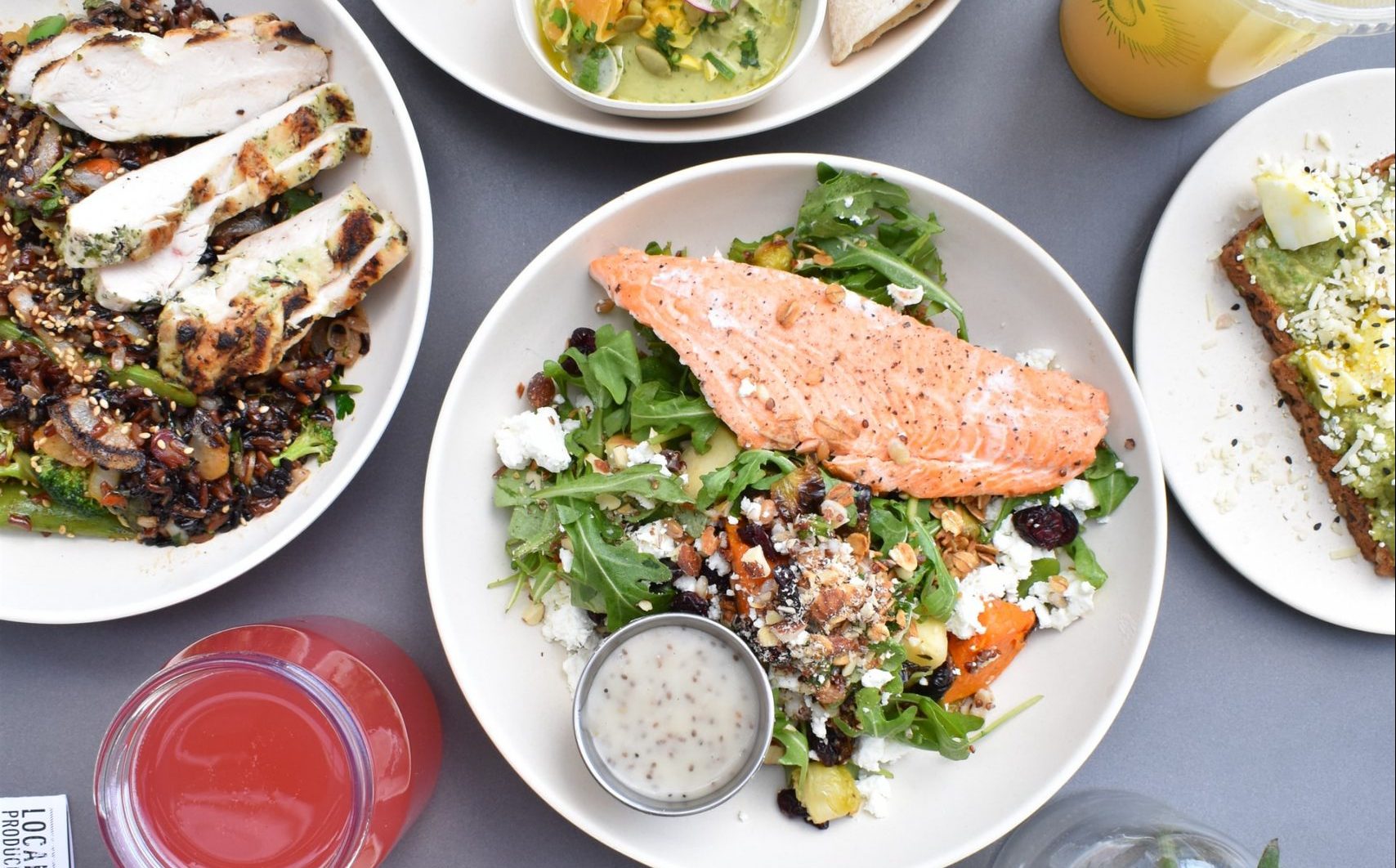4 Tips for Getting More Protein in Your Diet
With all of the demands on our bodies day-to-day, it is not surprising that many of us fail to eat foods that include all of the needed supplements, nutrients and vitamins for sustainable living. Despite the fact that more people than ever are eating a greater number of calories than is required to sustain a healthy, active life, people are also struggling to meet the basic needs of nutrition – most importantly, protein.
With roughly one-third of people in the US failing to eat a sufficient amount of protein in their daily diets, the consequences are substantial. From diminished muscle growth to a lack of energy, protein deficiency can cause a variety of problems.
Fortunately, finding ways to incorporate more protein into your daily diet isn’t difficult. Below we’ll look at 4 tips in particular that can help.
Consider Whey Protein
Whether you exercise on a daily basis or simply want to supplement your existing diet, the addition of whey protein can be an easy method of adding more protein to your diet. Instead of being forced to consume additional calories or food items, most whey protein varieties can simply be mixed with liquids like water – which can often make consuming them quite a bit easier. And with a 100% grass-fed whey protein powder, for example, you can avoid any of the nasty artificial components that are found in many store-bought foods, but still enjoy the benefits that added protein in a diet provides.
Eat More Dairy
While there are multiple schools of thought and controversial opinions surrounding the consumption of dairy, one thing is consistently known: most dairy options have high levels of protein. Items such as cheese in particular contain a naturally high level of nutrients and vitamins alongside a higher protein content than many other food options. Additionally, other items such as yogurt have a high protein content that can make it easy to consume added protein without needing to ingest a large number of calories.
Snack on Nuts
One of the best and most affordable sources of protein are nuts, which come in a variety of types, sizes and nutritional compositions. Broadly, nuts offer the greatest fat and protein concentrations per calorie of any food available. Not only that, but they can be consumed virtually anywhere, require no cooking (in most cases) and are inexpensive. Simple choices such as peanuts can be a great option, but other options like almonds, pistachios and cashews are great choices as well (click here to learn more about the healthiest nuts).
Don’t Forget Fish
A variety of low-cost fish options at your local grocery store can be great choices for boosting your daily protein intake. Whether it be canned varieties such as tuna and salmon, or fresh/frozen options like mahi mahi, fish contains high levels of protein alongside fatty acids that are crucial to long-term health. The average serving of canned fish as one example contains approximately 20 grams of protein per 3-ounce serving, making it one of the densest and healthiest meat choices for protein intake available. Other high protein, low-fat fish options include haddock, cod and halibut. These fish also contain a high number of essential vitamins and minerals as an added bonus.
Adding a bit of protein to your existing diet isn’t difficult – you just need to know where to begin. Whether it is through nuts, whey protein, fish or dairy, there are plenty of viable options for you to consider when increasing your intake of this vital form of nourishment. Which will you add to your diet?

